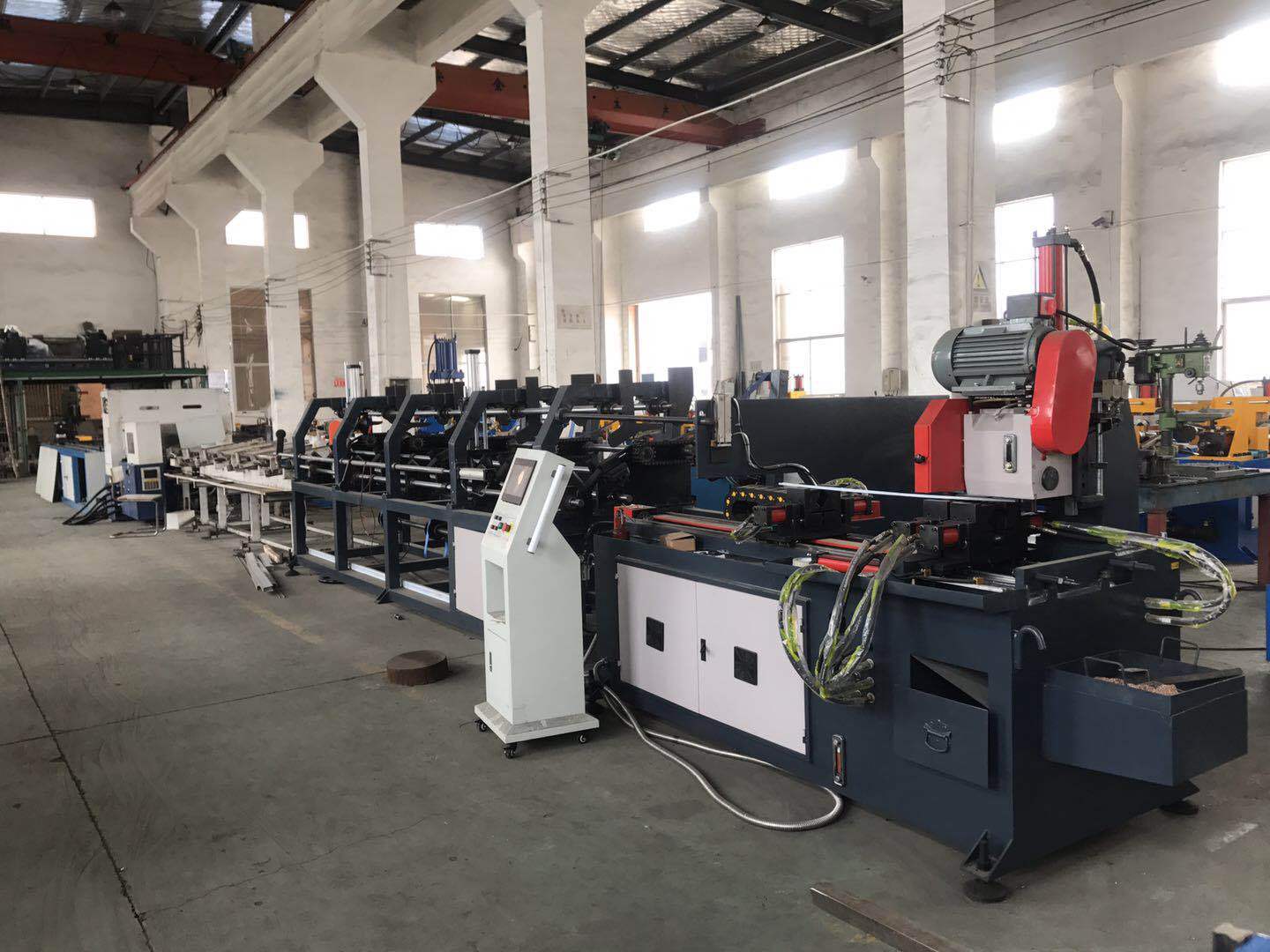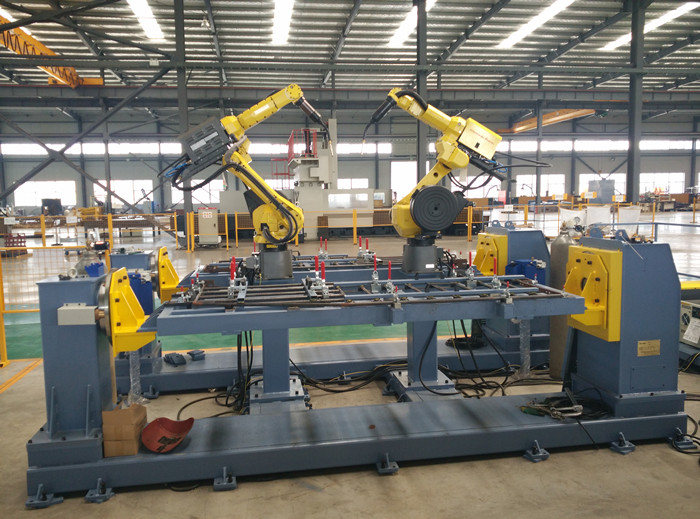Among the wide range of manufacturing technologies involved, four types of machinery stand out for their indispensable contributions: the laser plate cutting machine, laser pipe cutting machine, pipe bending machine, and welding robot. Each plays a specialized yet interconnected role in streamlining production.
Precision Material Processing with Laser Plate Cutting Machines
Laser plate cutting machines are at the heart of the fabrication process for the flat sheet metal components used in racking systems. These machines utilize high-powered laser beams to cut through metal sheets with exceptional precision and speed.
The primary advantage of using a laser plate cutting machine lies in its accuracy and flexibility. Laser plate cutting machines can achieve tolerances within ±0.1 mm, far superior to traditional mechanical cutting methods.
In addition, laser plate cutting machines support automated nesting and optimization software, which maximizes material usage and reduces waste. This is particularly important in large-scale production environments where cost-efficiency and sustainability are key concerns.
Furthermore, modern laser plate cutting machines can handle a wide variety of materials and thicknesses, from lightweight aluminum to robust carbon and stainless steels.
Complex Structural Fabrication with Laser Pipe Cutting Machines
Laser pipe cutting machines are specialized tools designed to handle cylindrical, square, and rectangular pipes, which are used to form the vertical columns, diagonal braces, and support beams of automated racking systems.
Unlike traditional saws or mechanical cutting devices, laser pipe cutting machines offer multi-axis cutting capabilities, enabling them to make intricate cuts, holes, slots, and bevels in a single operation. This capability reduces the number of manufacturing steps, eliminates secondary processing, and drastically improves production efficiency.
Laser pipe cutting machines equipped with intelligent vision systems and CNC programming can process custom-designed parts directly from CAD drawings, minimizing human error and ensuring a high degree of customization.
Moreover, laser pipe cutting machines enhance structural integrity. By producing cleaner and more precise joint surfaces, they improve the quality of welds and connections, which are critical for the stability and safety of high-rise racking systems.

Bending the Framework with Pipe Bending Machines
Curved or bent components are increasingly used for ergonomic designs, reinforcement, and aesthetic integration. This is where pipe bending machines come into play.
Pipe bending machines transform straight pipes into curved or angled components without compromising the structural integrity of the material. Using techniques such as mandrel bending, rotary draw bending, or CNC-controlled precision pipe bending machine, these pipe bending machines ensure smooth, consistent curves with minimal wall thinning or wrinkling.
CNC-controlled pipe bending machines are particularly valuable for high-volume production. They can store multiple bending programs, switch between them with minimal setup time, and provide real-time feedback and quality control. This pipe bending machine ensures that every pipe component meets strict dimensional and performance criteria—essential for ensuring safety and uniformity in large-scale racking installations.
Automating Assembly with Welding Robots
In automated racking systems, this assembly process heavily depends on welding robots.
Welding robots play a crucial role in ensuring the strength, accuracy, and consistency of joints. These welding robots are equipped with multi-axis manipulators and advanced sensors, allowing them to perform complex welding paths in 3D space. Whether it's MIG welding robot, TIG, or spot welding robot, robotic systems can handle various techniques to match material types and structural requirements.
One of the biggest advantages of welding robot is speed without sacrificing quality. Compared to manual welding, welding robots can work continuously, operate in tight spaces, and repeat the same weld hundreds or thousands of times with minimal variation.
In addition, modern welding robots are often integrated with quality assurance systems. They monitor heat input, weld bead dimensions, and penetration depth in real time, ensuring every joint meets predefined specifications.
Welding robot also improves worker safety by reducing exposure to hazardous fumes, heat, and UV light. Skilled labor can be redirected to supervision, programming, and quality control tasks, enhancing overall efficiency and job satisfaction.

Conclusion: The Synergy of Automation in Modern Racking Systems
The development of automated warehouse racking systems is a sophisticated process that depends on the synergy of multiple advanced manufacturing technologies. Laser plate cutting machines provide the precise flat components; laser pipe cutting machine handle the intricate geometries of hollow profiles; pipe bending machines bring shape and strength to curved elements; and welding robots ensure the structural integrity of the final assembly.

